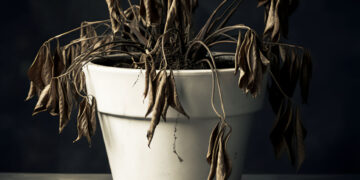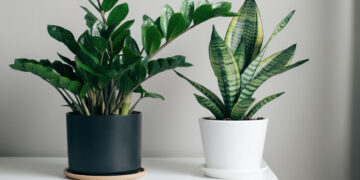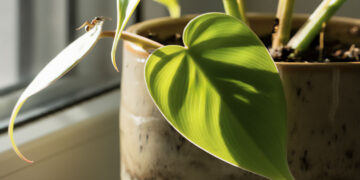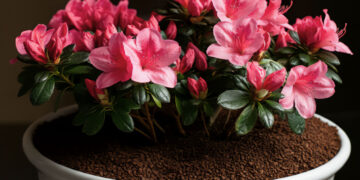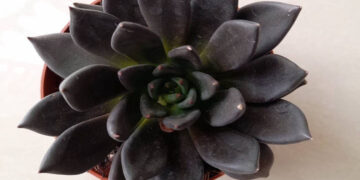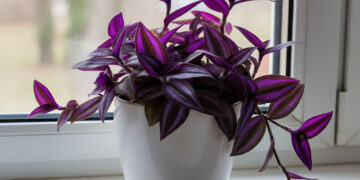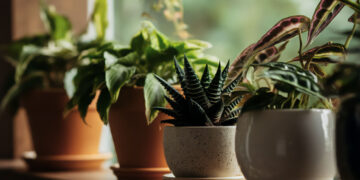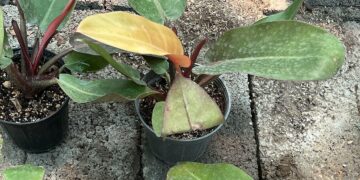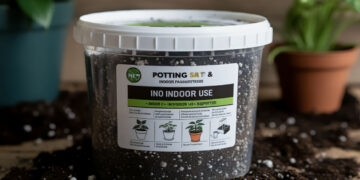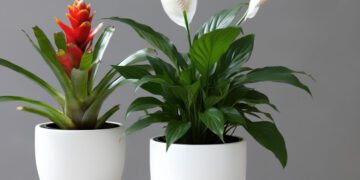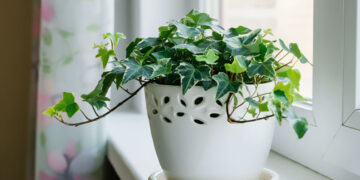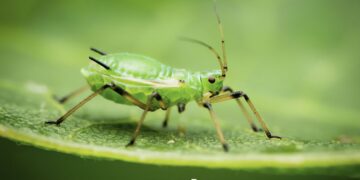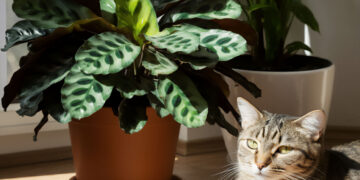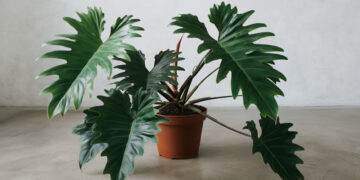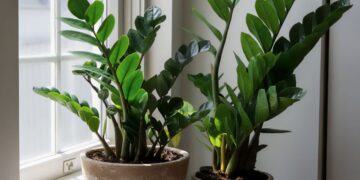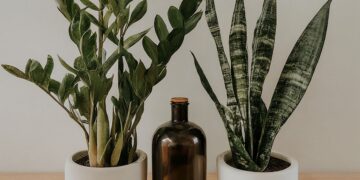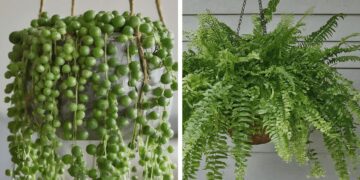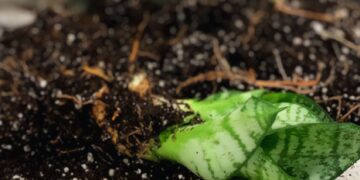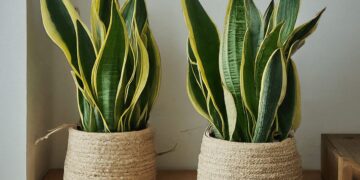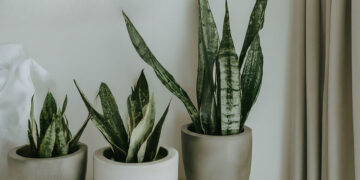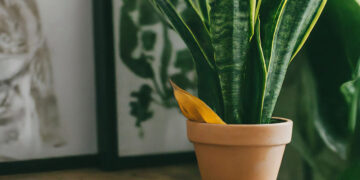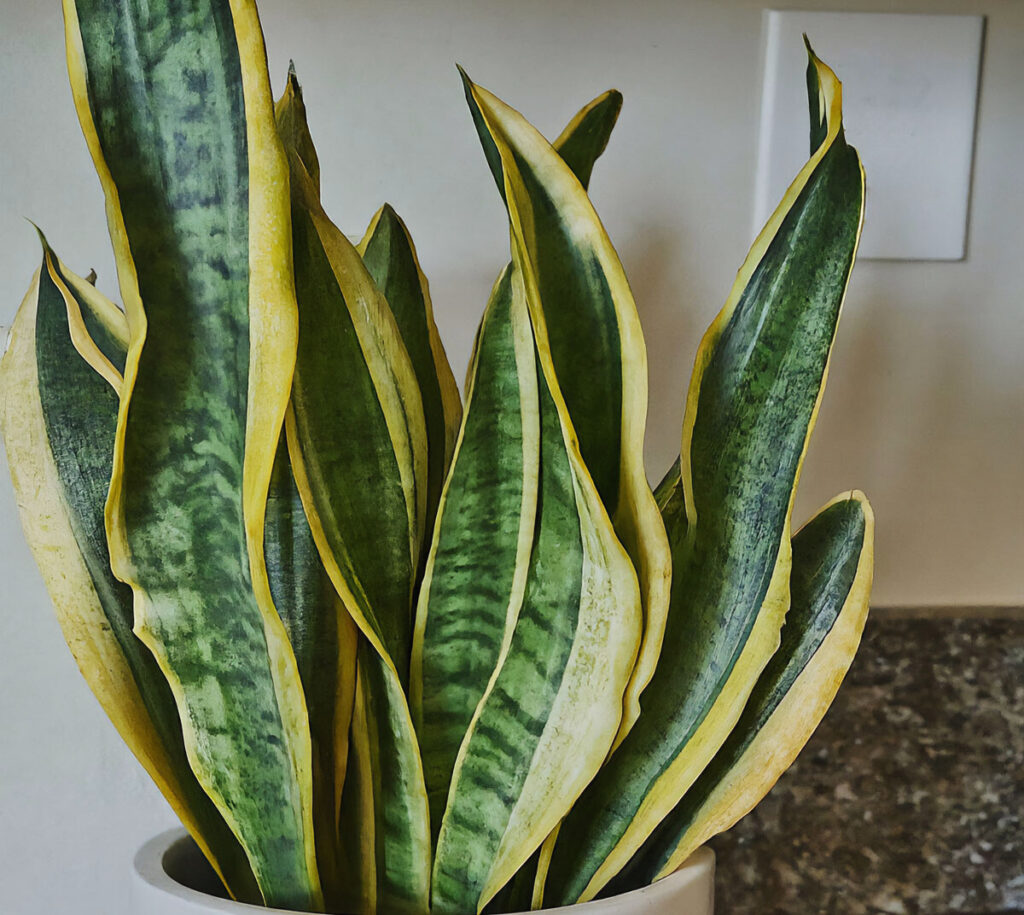
Snake plant leaves curling is a red flag to warn you of a problem; join me as I tell you all you need to know about snake plant curl.
Leaf Curl Types
I have seen only three types of curling in snake plants. Knowing them will help you recognize curling leaves more efficiently during the treatment.
Downward Curling Tips
If the tips of the leaves turn downward, you have given the snake plant too much water and nutrients.
Upward Curling Tips
If the tip of the leaf turns upwards, it means that your snake plant is stressed. For example, there is too much light, too much humidity, or too little air circulation.
Inward Curling Tips
If the curling is inward, there is a problem with soil or fertilizer, which is low in nitrogen.
Recover snake plant leaves with curling issues.
If you do not treat the snake plant and the curling leaves become severe and old, the snake plant growth rate will stop and weaken.
Unfortunately, I have had to deal with curling snake plant leaves several times, but I have been able to save and revive my snake plant.
It is good that you try to find the real cause of the problem and then solve it with a home remedy by checking watering, light, soil, etc. Finally, it’s time to snake plant pruning. But not all leaves, only damaged or severely affected leaves.
You can even get help from a plant specialist or horticulturist, who will treat the snake plant with detailed diagnosis and targeted solutions.
Truth About Curling Snake Plant Leaves
Some people think that curling leaves happen for a certain type of snake plant, but this is a wrong belief.
Curling leaves can happen to any types of snake plants, and it doesn’t matter where you keep it. The snake plant outside is as much in danger as the snake plant that lives in the house.
Until I saw Sansevieria Twist, I thought all snake plants with curled leaves were sick or stressed. However, it is better to know that genetic factors also influence the natural curling of leaves. So I completely agree that it is dangerous but not always. There may be exceptions.
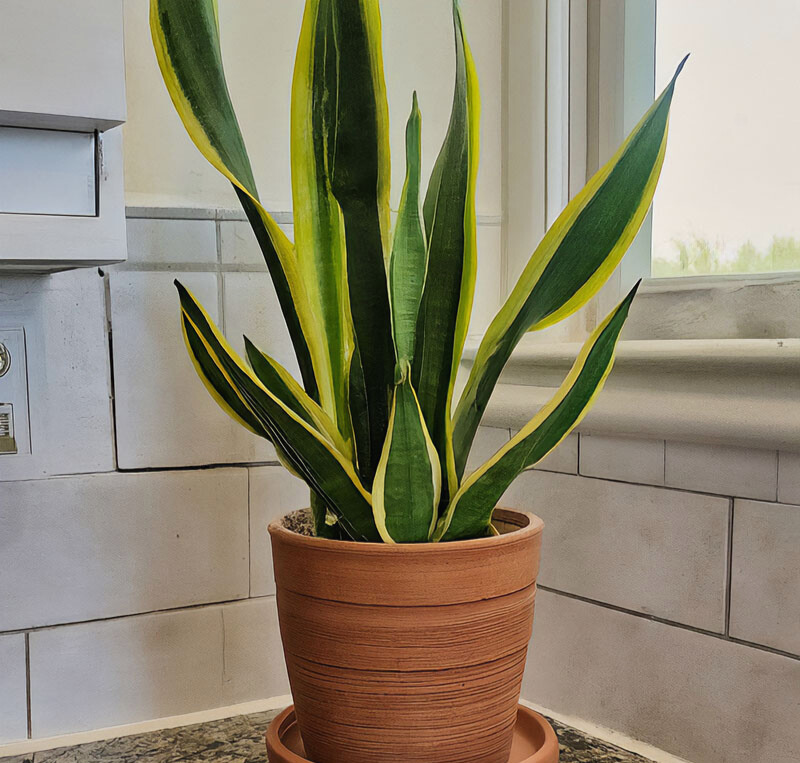
Prevention of Curling Leaves
My mother always says Don’t wait for things to go wrong. Suppose you want your snake plant not to have snake plant curl problems. In that case, you will hear from me, become skilled in caring for a snake plant, and pay attention to the factors that this unique houseplant is sensitive to.
Watering
Suppose you’re not aware of how often to water a snake plant. In that case, you can run into the problems of overwatering, underwatering, and at the end, snake plant root rot. These may seem simple, but if you are not careful, the succulent leaves of the snake plant will curl.
So touch the soil with your finger. If one inch above the soil is dry, the plant is thirsty. Please do not water the snake plant again until the soil is completely dry.
Keep in mind that the water quality is not ineffective in the curling of the snake plant leaves.
Humidity
Another factor you should not allow to threaten the health of the snake plant is the inappropriate humidity level. Due to the changes in seasons, you should also be attentive to air humidity because it causes the leaves to curl.
Temperature Extremes
If you put the snake plant pot in a place where the temperature goes up and down a lot and is not between 60 and 85°F or 15 to 29°C, you should not expect the leaves not to curl. Snake plants get stressed at temperatures below 50 or above 85, and their leaves curl.
Pests and Diseases
If you notice that the airflow around the snake plant is not good, uninvited guests will gradually appear.
Use insecticidal soap, neem oil, and systemic insecticide to avoid pests such as thrips, mealybugs, and aphids.
For fungal infections, such as leaf spots or rust, a fungicide and removing any affected leaves are handy ways to escape from curling leaves.
Tip: If you improve hygiene and clean the snake plant leaves and tools, your snake plant will be safe from Southern Blight, a rare and dangerous fungal infection.
Light
The next time you see your snake plant vase during the day, be alert if the snake plant light requirements are met in bright, indirect sunlight. Too much or too little light will force the snake plant leaves to curl.
Improper Soil
We saw a seed in the soil, and a tiny snake plant was born. Then, its roots grow in it and absorb water and nutrients from it slightly. So you must choose the best soil for snake plants which is well-draining. I don’t need to emphasize the importance of testing and adjusting the soil pH in the optimal range between 5.5 to 7.0 and not using compact soil; otherwise, guess what? The snake plant leaves will curl.
Lack of Essential Nutrients
If a snake plant does not get the nutrients it needs particularly nitrogen and magnesium, its leaves will be curled. So keep your eyes open when you buy snake plant fertilizers.
Repotting snake plant
Even if you know how to repot a snake plant with a new pot in standard size, the new environment is challenging for it and temporarily causes tension and transplant shock, and its leaves may even curl. But this should not prevent you from changing the pot when needed because rootbound is another cause of curling of the snake plant leaves.

Got questions or experiences to share about your snake plant curl? Comment now—your insights are key!
